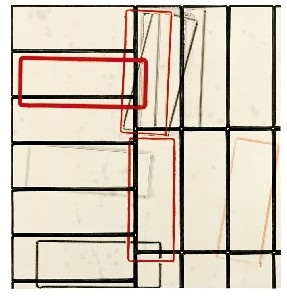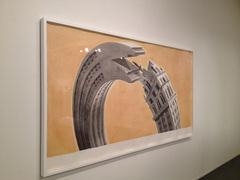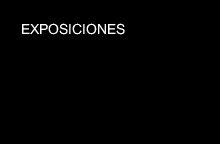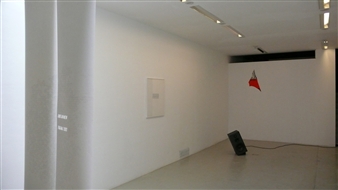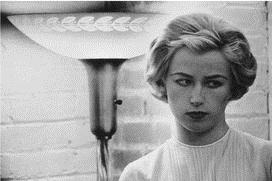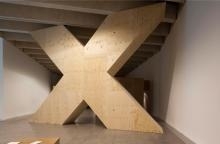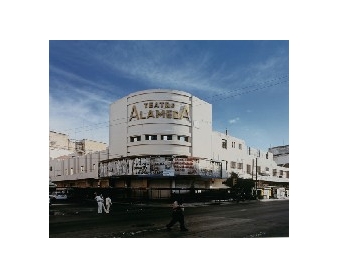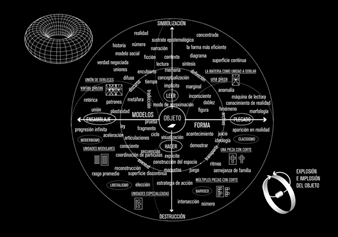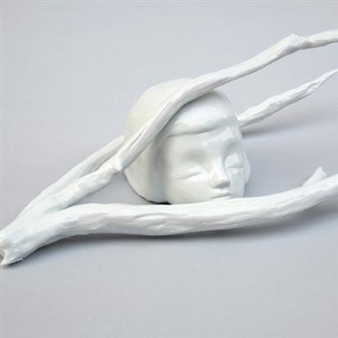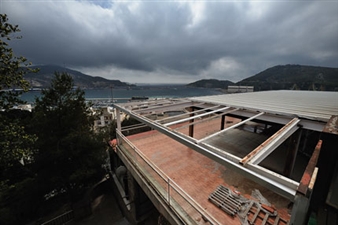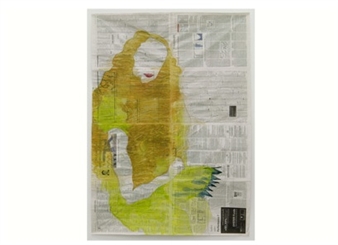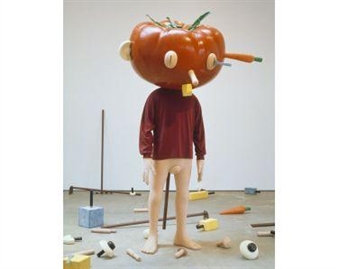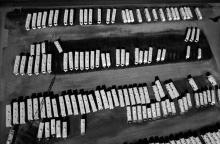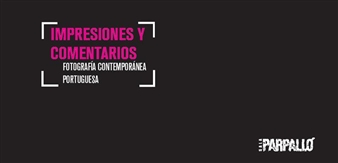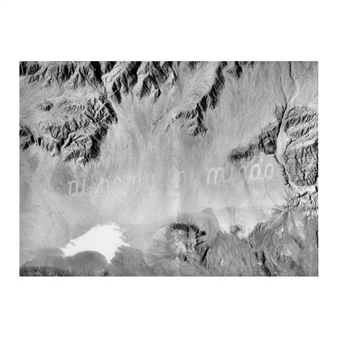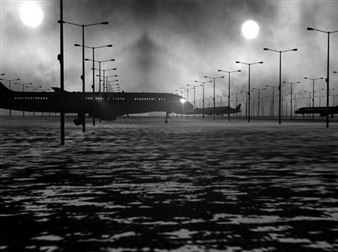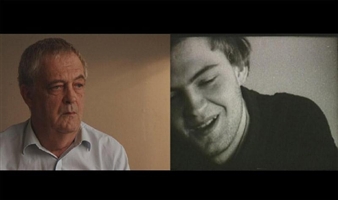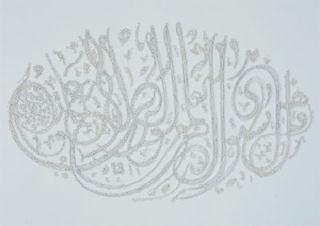Spectral: Part I
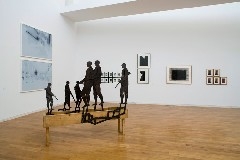
Centro Galego de Art Contemporanea, Galicia, Santiago De Compostela, 01/15/2010 - 03/21/2010
Valle Inclán
For artists it is no longer a question of closing the eyes of the body in order to behold their pictures through the eyes of the spirit, and immediately shed light on what they have seen in darkness, as suggested by the German Romantic Caspar David Friedrich, but rather to confront the modes of representation of the real by means of approaches that play with the multiple modes of discursive and visual construction imposed on them by contemporaneity.
From Matt Mullican’s hypnotic immersions in the image, documented here by a performance staged in Zurich in 2003, to Marcel van Eeden’s encyclopaedic and compulsive production of drawings starting from the appropriation of media images of events occurred before his birth, Spectral doesn’t appeal to a formal or generational linearity but underscores instead how artists recreate, either through their bodies or through spatial representation, different ways of attracting viewers to what could be described as a conceptual map of the intangible.
Far from the modernist parameters of the autonomy of the artistic object, the artists gathered together here use the body as an index, a process (as in Ana Mendieta and Helena Almeida). Space becomes paradoxical, a fictional reality, in Juan Munoz and in Gregor Schneider’s essential house; evocative of a pre-modern memory in Paulo Brighentti and Berta Caccamo, and of a phantasmal memory in the photographs by Valeska Soares and the work of Jannis Kounellis.
In a universe where reality seems to be confined to reductive dichotomies such as good/bad, right/wrong, it is comforting to be able to count on artistic expression to guide us through regions anchored in practices that do not only engage with the evolution of art history itself but also with our relationship to the standardisation and banality of images. Over recent years this critical economy of the image has invaded so-called relational practices and those projects that address social and political intervention. However, social and artistic ventures have also proven that the most extraordinary of revolutions can breed in the silence of individual thinking (in this case, plastic).
Political beings are not abstract realities but ordinary people. And art, by extension, needs no such label—its very existence and its shared visibility provide its assurance.
